anpan
Anpan: The Amazing Bun with Red Bean Paste!
Tanner Schroeder
Posted on March 30, 2021
Share:

Let’s explore the world of anpan, a unique Japanese wagashi that combines soft bread with sweet fillings. Imagine the delicious taste of red bean paste blending perfectly with freshly baked dough. It’s more than just a snack – it symbolizes culinary skill and cultural importance. Join us as we learn about its history, flavors, and why it’s loved by many. Let’s dive into the world of anpan and discover its delightful journey.
History of Anpan
Yasube Kimura, an ex-samurai turned baker in the Meiji period, created anpan. During times of extended peace, the samurai profession became obsolete, leading many samurai to seek other livelihoods. After passing by a bakery in Yokohama, he aspired to become a baker.
Afterward, he met a baker who worked for a Dutch family in Nagasaki and started making bread with his recipe. Yasube Kimura started a bakery in 1869 named Bun’eido, but later, he moved his bakery to Ginza and renamed it Kimuraya, a namesake.
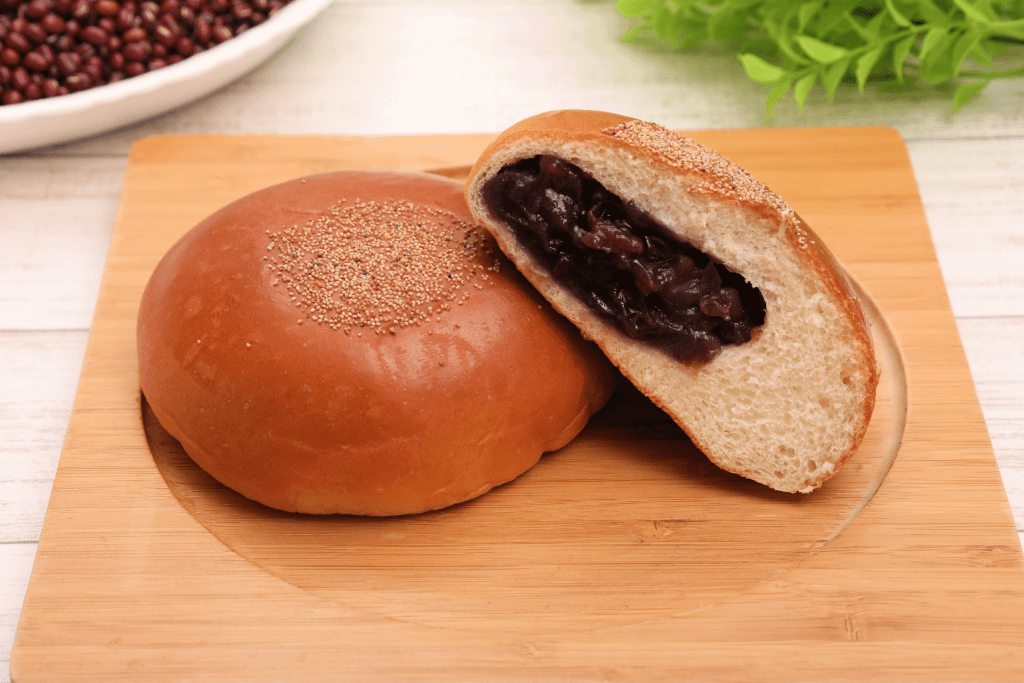
Kimura realized that bread was not very popular in Japan back in the day because most of the bread was salty, sour, and complex. He created the pastry to make bread appeal to Japanese sensibilities and taste, with manju (flour pastry filled with red bean paste) as an inspiration. On top of that, instant or dry yeast did not exist in Japan then. After about a year of research, Kimura developed sakadane, a unique yeast to Japan.
He figured it would work because it was a common ingredient in making the saka manju. Since then, It has become the primary distinctive ingredient in Kimuraya’s sweet roll. Kimuraya’s sakadane anpan was born and now has become the shop’s primary staple, and it has become the red bean bun with moist and soft bread that we know today.
How did anpan become popular?
Eventually, anpan gained popularity and the attention of the emperor’s chamberlain, Yamaoka Tesshu. Through Tesshu’s recommendation, it was then presented to the Emperor on April 4, 1875. The emperor loved it so much that he requested one bun a day. Since then, the titular sweet roll has gained national recognition and immediately captured people’s hearts.
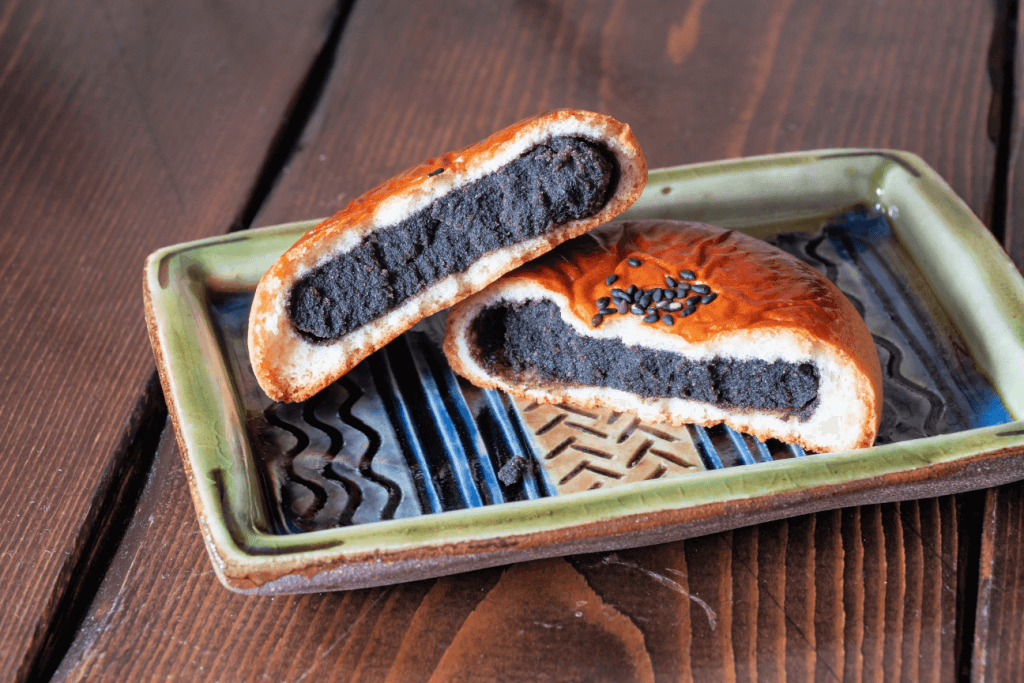
Kimura wanted to spread the growing interest in bread and further establish Japanese bread culture. Therefore, Kimura did not patent the recipe, so bakers worldwide could create their version of the anpan. Unsurprisingly, a version of the anpan could be found in bakeries around Japan.
Are you looking to enjoy classic sweets like anpan? Check out Sakuraco! Sakuraco delivers traditional Japanese snacks, teas, sweets, and snacks from local Japanese makers directly to your door so you can enjoy the latest treats directly from Japan!

What are the different kinds of anpan?
Generally, the famous sweet is made out of bread flour, dry yeast, and red bean paste from azuki beans. The bread is generally soft and topped with sesame seeds. The varieties come down to their fillings. Additionally, anpan is almost always filled with azuki bean paste in varying textures. Some are smooth, and others are chunky. Zunda beans (green beans) and white soybeans are common fillings. Other non-azuki bean paste flavors are pumpkin, chocolate, and cream, to name a few.
Famous Anpan Shops in Tokyo
Ginza Kimuraya (Ginza Station)
Kimuraya is the forerunner of Japan’s anpan and is still in business. The classic anpan presented to the emperor was the Sakadane Sakura which could be enjoyed for 150 yen. The salted sakura gives it a layer of saltiness and sourness that complements and balances the pastry’s sweetness.
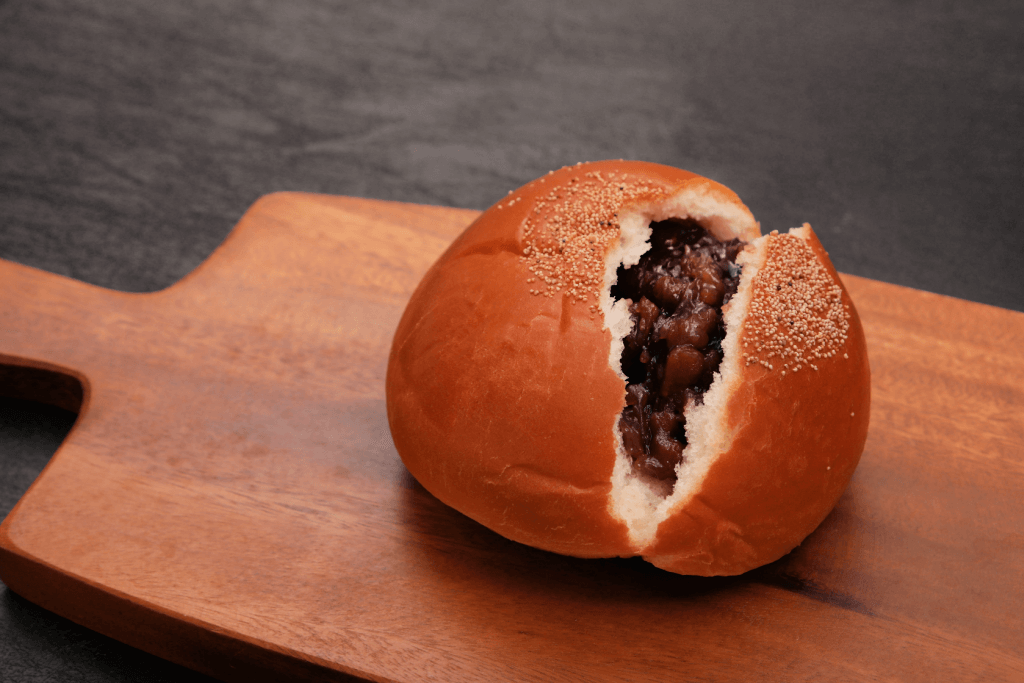
Andesu Matoba (Asakusa Station)
Andesu Matoba has existed for approximately 40 years and has gained recognition for offering 20 varieties of anpan. Their top-selling anpan is Koshi Anpan, featuring anko made from Hokkaido’s azuki beans. Other flavors include zunda bean paste, white bean, pumpkin, and more!
Tokyo Anpan Mame Ichizu (Tokyo Station)
Mame Ichizu presents a uniquely shaped anpan, which features a rectangular form and bears the stamp of Tokyo Station. It Is a perfect souvenir if you ever pass by Tokyo station. They also have a thick dorayaki that seems like a bestseller as well.
Bonus: Anpanman, the Pastry Superhero
Because anpan is so popular, it inspired a popular cartoon superhero, Anpanman! He is a jolly-looking figure with prominent cheeks and a distinctive red nose that could be found everywhere in Japan, mostly in children’s goods. From shirts to train card cases, socks, and even bike helmets, you could spot this face.
Japanese kids who haven’t watched Anpanman might still know about him because many other kids watch the show and like his toys.
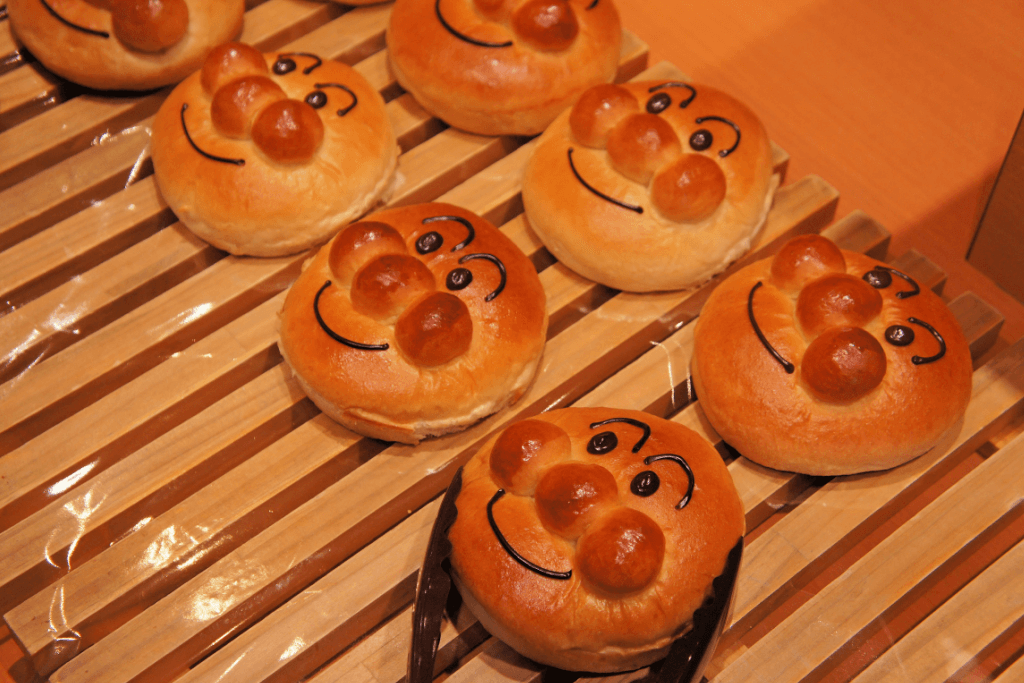
Anpanman is a superhero that stands out among others because of his ability to break pieces of his head and give them to people to eat to help them. This self-sacrificing and just hero has captured the hearts of many and continues to bring joy to many young’uns throughout Japan.
Anpan is not only rich in history and cultural significance but also delectable. If you find yourself walking in a Japanese bakery, try to spot their version of anpan and taste it! So, what is your favorite anpan filling and why? Are you a smooth anko or chunky anko type of person? Comment down below and tell us your anpan stories!

Discover authentic flavors with Sakuraco
Get Sakuraco 
4 Responses
Hopefully, we’ll get to try some in the Sakuraco box !
Stay tuned! 😉

Discover authentic flavors with Sakuraco
Get Sakuraco 
Related Articles
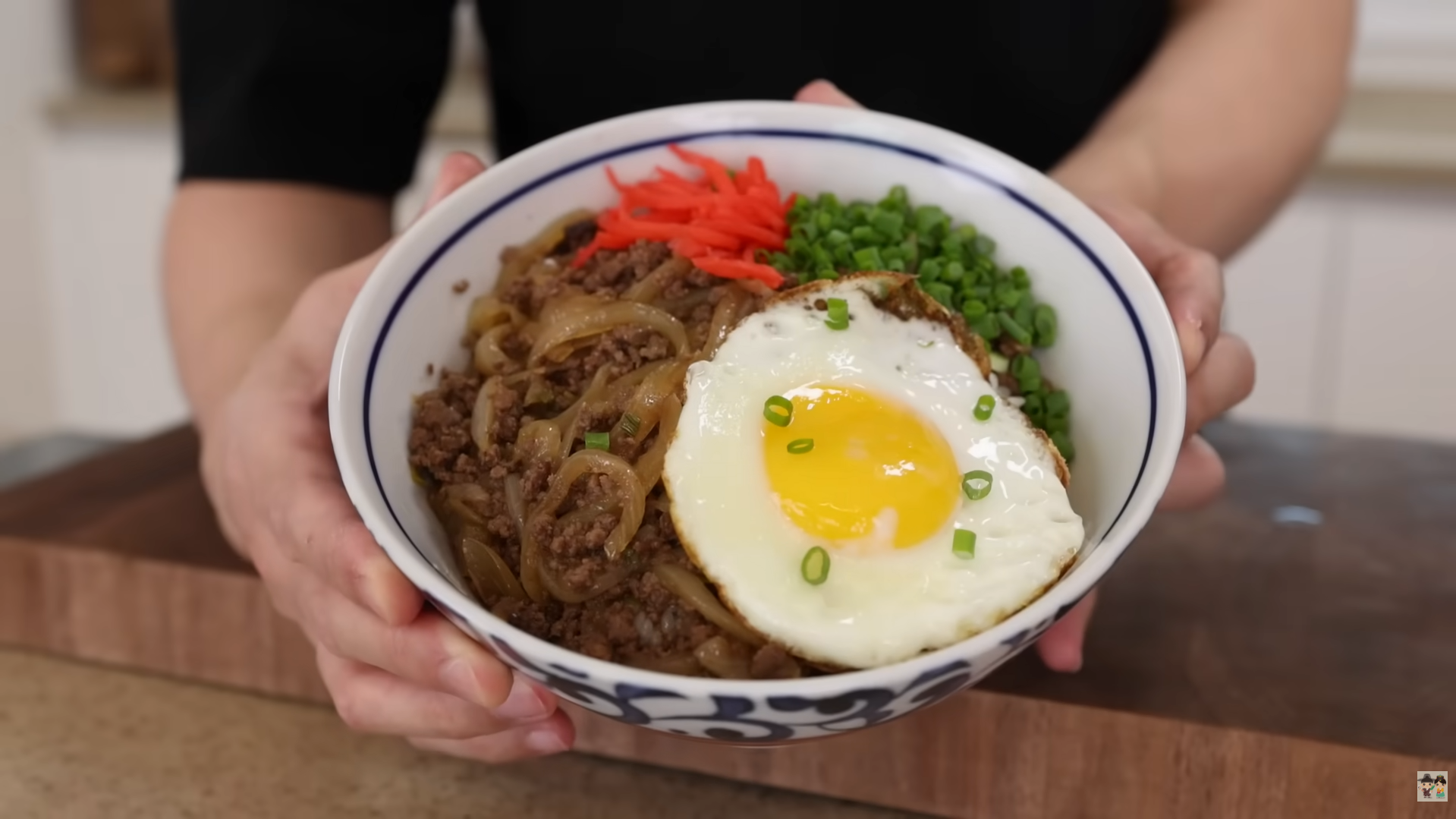
Aaron and Claire Show Us How to Make Gyudon!
If you’re looking for a Japanese comfort food that’s quick, affordable, and full of flavor, Aaron and Claire have a great option. In this video, Aaron shows how to make Gyudon using ground beef instead of the usual thinly sliced beef.

Tonkatsu Luxury Restaurants: Best Ones to Try!
Don’t miss out on tonkatsu if you’re traveling to Japan! Tourists often add the meal to their must-eat list because of its delicious and satisfying nature. Even better, you can elevate the experience by going to luxury restaurants across Japan, where you can experience some of the most celebrated pork cutlets.

Mochi: How is Mochitsuki Made in Japan?
Mochitsuki is the Japanese tradition of pounding steamed rice to make mochi for the New Year. Families and neighbors gather to participate in this lively and meaningful tradition. The teamwork involved helps everyone feel a sense of connection.

Konpeito Candy: What Makes This Starry Treat Shine?
If you are a fan of the famous Demon Slayer series, then you probably know that the favorite treat of the adorable Nezuko Kamado is those tiny, colorful little sweets.



I saw this character but never knew that he was name after a traditional bread in Japan. This was an interesting read thank you 😊
Yup, Anpanman is a superhero made out of bread – Japan, am I right?
Thank you for reading!